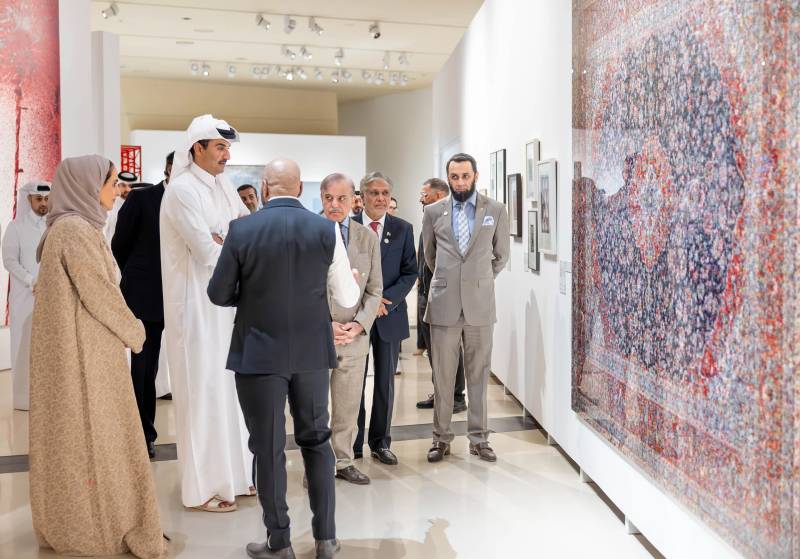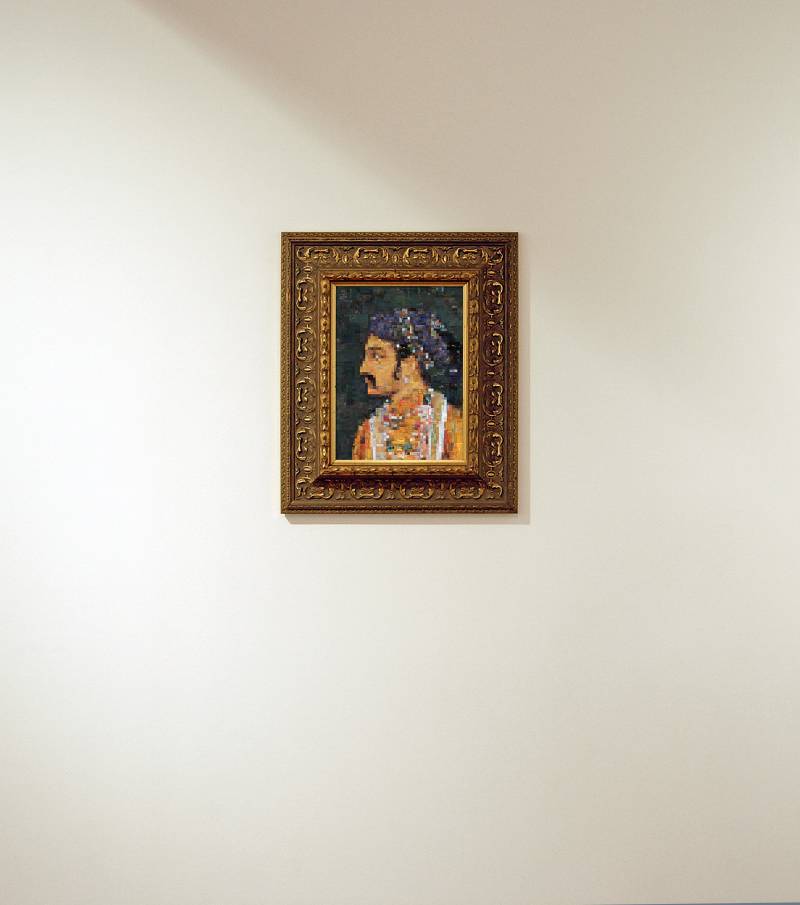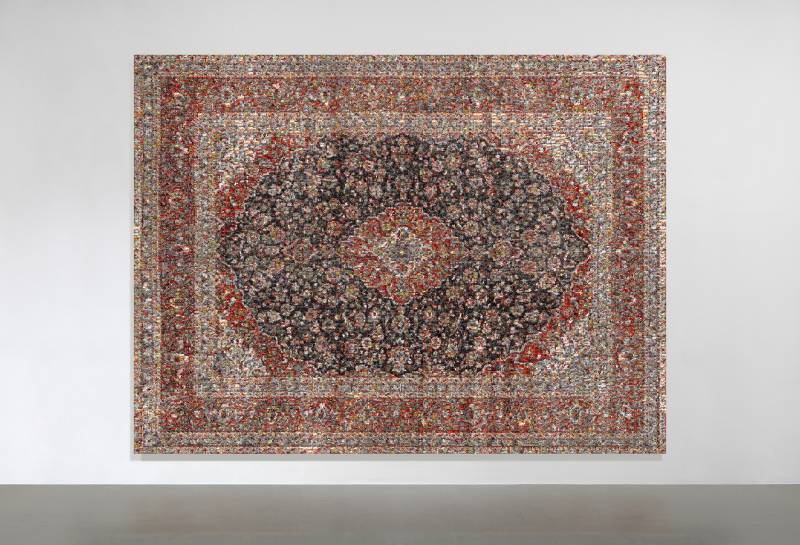
Some 200 works of masters and contemporary Pakistani artists - including many rare pieces - have been displayed in Qatar to showcase Pakistan's rich artistic history.
The National Museum of Qatar, in partnership with the Art Mill Museum, has launched Manzar – Art and Architecture from Pakistan 1940s to Today, a comprehensive exhibition that traces the evolution of Pakistani art and architecture over the past 80 years. The exhibition dives into the development of unique visual languages by artists and architects, reflecting Pakistan's dynamic art scene and its international ties.
The exhibition features the works of masters Abdur Rahman Chughtai and Zainul Abedin, who began their careers during the British Raj (1858–1947) and continued their practices in what would become West and East Pakistan after Partition. These artists shaped the early days of Pakistani art through their distinct styles— Chughtai's Mughal-inspired compositions and Abedin's socially conscious drawings that captured everyday life with bold expressions.
Visitors will also see work from more contemporary masters like the late Ismail Gulgee, whose calligraphic and abstract works gained global recognition, and arguably one of Pakistan's greatest artists, Syed Sadequain Naqvi, who is famed for his murals and distinct figurative art that touched on the philosophical and social themes.
Contemporary artists such as Rashid Rana, Hamra Abbas, Rasheed Araeen, Amin Gulgee and Imran Qureshi brought a fresh perspective, exploring various mediums including new media, sculpture, and installation art that pushes the boundaries of Pakistan’s artistic landscape.
Among the highlights are Rashid Rana’s I Love Miniature series, which reimagines traditional miniature painting through his signature collage using commercial billboards. This postmodern piece uses billboards to form the image of a Mughal emperor, merging past and present aesthetics. By combining commercial and traditional art forms, Rana challenges ideas about craftsmanship and authenticity in art.

Another key work by Rashid Rana was The Red Carpet. It confronts viewers with a study of opposites and visual paradoxes, inviting them to find meaning within contrasting images. Inspired by his childhood discomfort with animal slaughter, The Red Carpet mediates between the raw act and the viewer through photography, turning it into a reflection of surface appearances and hidden meanings.

At the opening event with Pakistani Prime Minister Shehbaz Sharif, Qatar’s Amir Sheikh Tamim bin Hamad Al-Thani, and Sheikha Al-Mayassa bint Hamad Al Thani, Rashid Rana spoke about The Red Carpet. As one of South Asia’s leading contemporary artists, Rana has earned international acclaim for his innovative work, which is held in major collections such as the British Museum and the Metropolitan Museum of Art. His achievements include the Sitara-i-Imtiaz and the Game Changer Asia Art Award, and he currently serves as the Dean of the Mariam Dawood School of Visual Arts and Design in Lahore. Rana is also famed for designing the award-winning exterior of the Pakistan Pavillion at the Dubai Expo 2020.
Manzar goes beyond individual artworks, offering insight into the broader themes of continuity, disruption, resilience, and exchange in Pakistan’s creative history. Through painting, sculpture, photography, installation, and more, this exhibition reflects the cultural and social changes within Pakistan, while also engaging with universal themes of identity, ecological awareness, and historical continuity.
The exhibition at the National Museum of Qatar brings together both iconic and emerging artists from Pakistan, giving visitors a rare glimpse into a diverse and evolving artistic legacy. Manzar is set to be a defining addition to Doha’s rich cultural landscape, highlighting the contributions of Pakistani art and architecture to the global stage.

